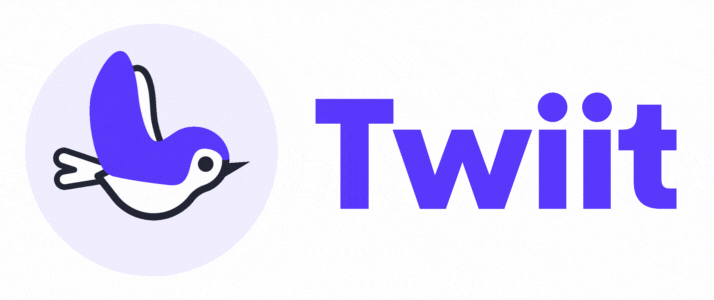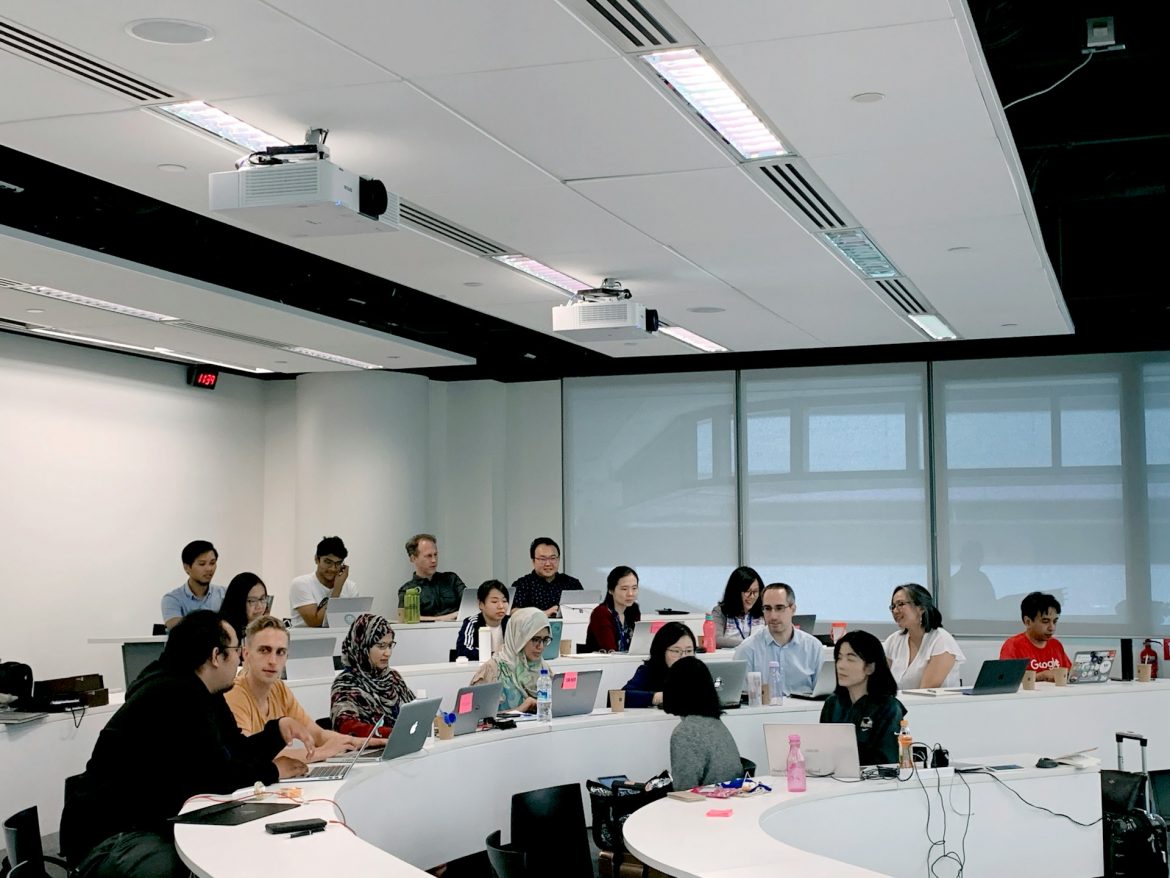Table of Contents
Embracing Diversity in the Classroom
In today’s globalized world, classrooms are becoming increasingly diverse. This diversity, while enriching, also presents unique challenges for educators striving to meet the varied needs of all students. Inclusive education is about embracing these differences and providing equitable learning opportunities for everyone, regardless of their background, ability, or learning style.
Creating an Inclusive Environment
An inclusive classroom begins with fostering a welcoming environment where every student feels valued and understood. This involves recognizing and celebrating differences as well as promoting mutual respect among students. Tools like Microsoft Teams can be invaluable in this endeavor, offering platforms for collaborative learning and communication that accommodate various learning preferences and needs.
Differentiated Instruction: Meeting Diverse Needs
Differentiated instruction is a teaching approach that involves modifying curriculum and teaching strategies to cater to the individual learning styles, interests, and abilities of students. Utilizing resources like Khan Academy can help provide personalized learning experiences that engage students at their level, ensuring that no one is left behind.
Leveraging Assistive Technology
Assistive technology plays a crucial role in inclusive education, offering tools that can help overcome barriers faced by students with disabilities. From screen readers like JAWS for visually impaired students to speech-to-text programs for those with dyslexia, these technologies can make a significant difference in how effectively a student can learn and participate in class activities.
Encouraging Collaborative Learning
Collaborative learning encourages students to work together, leveraging their diverse perspectives and strengths to achieve a common goal. Platforms like Google Classroom facilitate such collaboration, allowing students to engage in group projects, share ideas, and provide feedback to peers, thereby fostering a sense of community and collective learning.
Continuous Professional Development for Teachers
For inclusive education to be successful, ongoing professional development for teachers is essential. Educators must be equipped with the knowledge and skills to adapt their teaching methods to accommodate the diverse needs of their students. Participating in workshops and online courses offered by organizations like Coursera can provide valuable insights into the latest inclusive education strategies and techniques.
Conclusion
Inclusive education in diverse classrooms is not just about implementing specific strategies or tools; it’s about fostering an educational culture that values and respects diversity. By creating supportive environments, leveraging technology, and ensuring educators have the resources they need, we can bridge the gap and provide a quality education for all students. In doing so, we not only enhance the learning experience for individuals but also enrich our educational systems as a whole, preparing a generation that values diversity and inclusivity.


